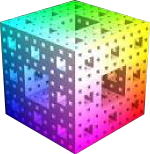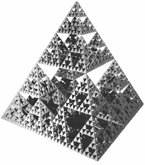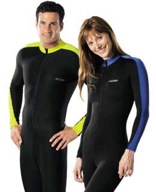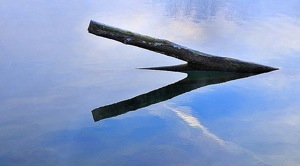Configurations

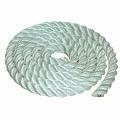
One might think this material would be hard, like steel, and therefore of limited use. However, imagine the effect of varying configurations of the material at one or more of the many scales along which it is built. Consider just a few of the millions of possible arrangements:
Basic Buckymesh made using nanotubes the same length as the first sphere is 5.9 times lighter than diamond; made with the second is 15.5 times lighter than diamond.
In Fractal Buckymesh, this degree of reduction occurs when just the nanotube arms on the nanojacks are lengthened - if the higher level super-nanojacks (and above) are also lengthened this would reduce the mass even further. Varying different scales by different amounts would allow fine-tuning of the internal texture and density.
The final product could have multiple configurations (e.g. 3D inside with 2D external sheets to give the appearance {and possibly feel, depending on the thickness} of being solid while actually being mostly hollow).

For example, compare the sphere with short and medium nanotubes:
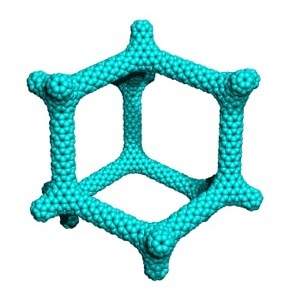

It could even be made into approximately fractal dimensional structures, such as 'gaskets' or 'sponges'. (It is nearly a fractal dimensional structure itself.)
Many other configurations are possible when the above structure is combined with atom types other than carbon. Many of these can be extrapolated from this design.
If the super-nanojacks were arranged into a crinkle (zigzag) structure at the sub-millimeter level, the structure would be stretchable (something like lycra). At higher levels it could have a rough texture, at lower levels it could feel like softened leather.
It could be formed into Hoytethers to create very strong, long-life, damage resistant tether systems.
A hybrid version of Buckymesh is possible part way between Fractal and Basic - this is one way to get a trade-off between strength and mass. This is achieved by stopping the fractal process at a scale anywhere from 2 up to just below the final product size. And then continuing to add struts at that scale. If this is done at scale 7, the resultant material would appear relatively solid. At higher scales the holes would be quite visible. (At scale 7 Buckymesh is about 125 times lighter than air.)
It could be configured into strands (i.e. close to one-dimensional) to make rope or string (which could be woven together), into sheets (i.e. close to two-dimensional), or into three-dimensional structures (with a range of densities, although most of them are very low).
Another way is hinted at in ultralight: change the short nanotubes between nanojacks into long nanotubes to produce a form like cotton wool. Get a rubbery material by using medium nanotubes like the one on the right rather than the original one one on the left (rather than a strange two-legged dog, its more like a strange, two-legged giraffe):

